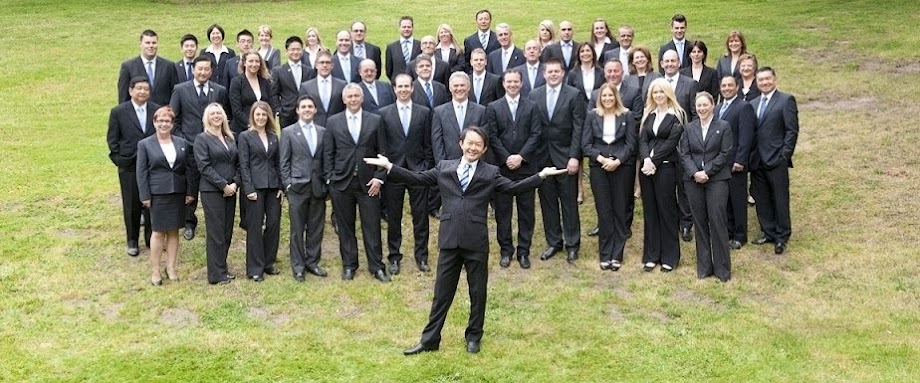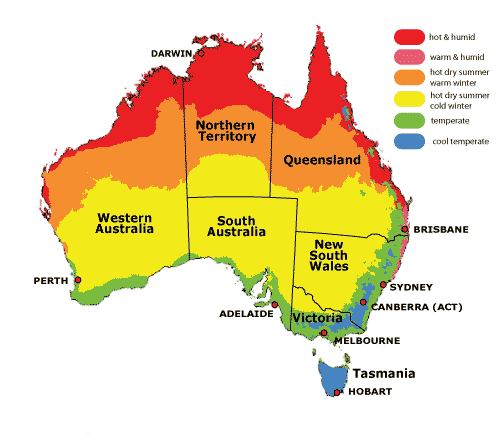"Yesterday was the perfect day to try. It was super hot and humid and I
had just walked all over the mall with the two kids. We are doing a
family photo this weekend and they needed matching shirts for that. I
was super hot when I got home, so I popped this in the machine real
quick. I must admit, my older daughter was not a fan. Not sure why
since my younger daughter and I loved it! I threw a few carob chips on
top for some crunch. This recipe couldn’t be easier. If you don’t have
an ice cream machine , you can pour the mixture into popsicle moulds"
, you can pour the mixture into popsicle moulds"

Strawberry Rhubarb Sorbet
2-3 large stalks of rhubarb
1 16oz package of strawberries
1/4 cup coconut sugar
Juice of 1/2 an orange
1 cup water
1 16oz package of strawberries
1/4 cup coconut sugar
Juice of 1/2 an orange
1 cup water
In a sauce pan

















